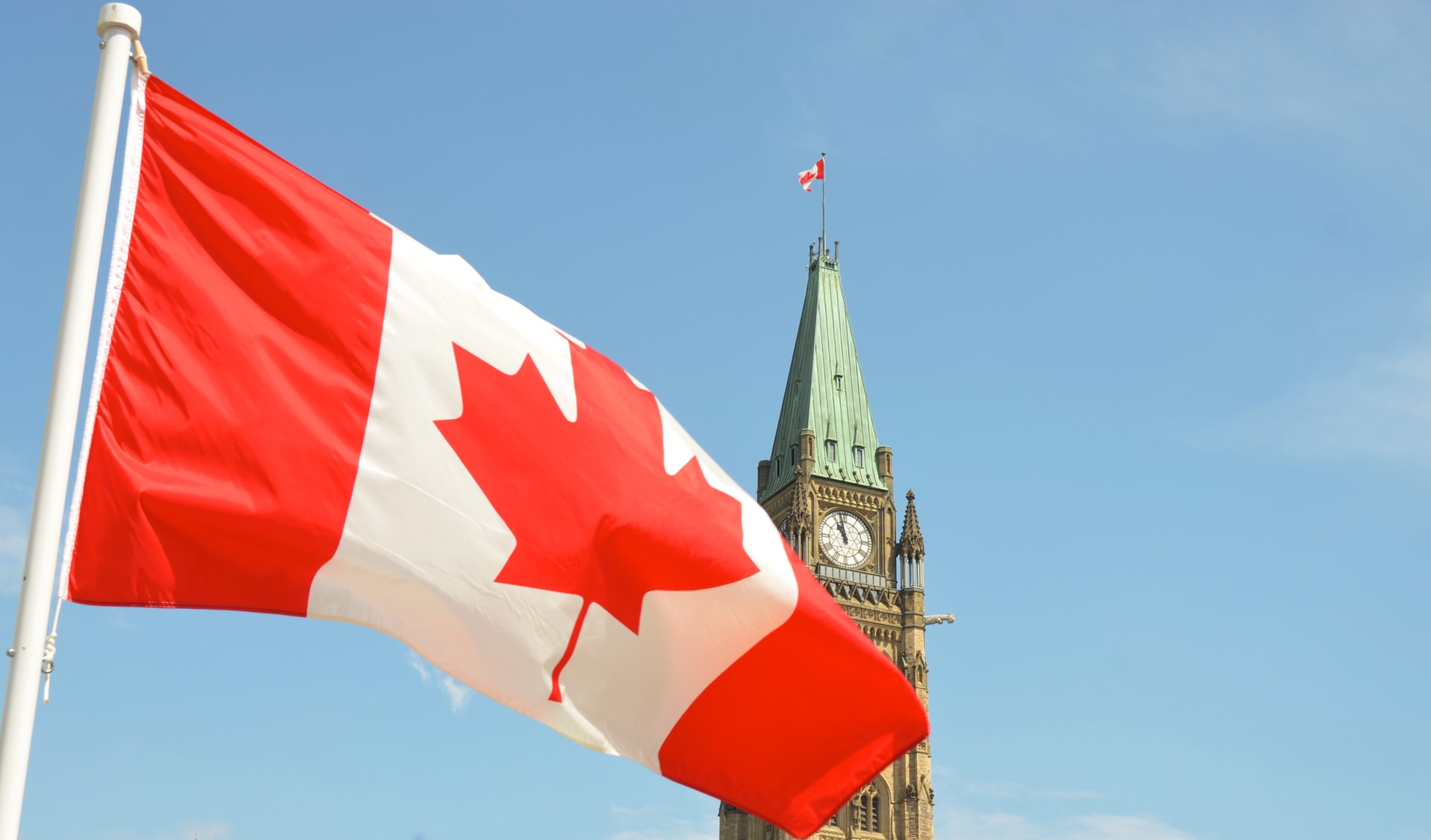
U.S. residents and citizens have over 100 permanent residence pathways to choose from when immigrating to Canada.
Over 10,000 U.S. citizens and residents pivot north every year to settle in Canada through Express Entry. In fact, the U.S. is the second most popular source country among Express Entry immigrants.
Between 2017 and 2019, the percentage of Express Entry applicants whose country of residence is the United States almost doubled from 7 per cent to 12 per cent. This is according to the 2019 Express Entry Year-End Report. The report suggests 85 per cent of these immigrants are non-U.S. citizens.
Earlier this year, Donald Trump halted immigration into the United States until the end of the year, including issuance of green cards and H1-B visas: the visa issued to foreign high-skilled specialty workers.
The Trump administration also recently announced major changes to the H1-B Visa Program, which would potentially make it harder for immigrants to obtain new visas.
Employers are now required to pay foreign skilled workers significantly higher wages. This may deter employers from choosing to hire foreign workers and may look within the U.S.
With the uncertainty clouding over U.S. residents about their immigration status, it may come as no surprise that many have turned their attention to Canada.
Why wouldn’t they?
Canada is renowned for being one of the most welcoming countries in the world towards immigrants. The country was built by immigrants, and Canadians do not forget it.
Why do U.S. residents immigrate to Canada?
Canada may be an attractive option for many U.S. residents for a plethora of reasons, most notably:
- Free universal healthcare: Canadians and permanent residents do not have to worry about huge medical bills.
- Better work-life balance: Workers in Canada enjoy shorter hours. A Gallup article suggested that full time U.S. workers end up working an average of 47 hours a week, whereas in Canada, the standard number of weekly work hours is 40 hours a week.
- Paid statutory holidays: In Canada, workers enjoy paid statutory holidays, such as Canada Day. In the U.S., however, employers are not required to pay employees for time not worked.
- Paid maternity leave: The U.S. provides just 12 weeks of unpaid parental leave for new parents. Canadian mothers can enjoy 35 to 61 weeks off, and can also receive payment through Canada’s Employment Insurance (EI).
- Canada is more accepting of migrants: According to a recent global survey, Canada is the world’s most accepting country for migrants.
Express Entry: the main permanent residence pathway
U.S. residents can choose from over 100 immigration pathways, the most popular of which is Express Entry.
Express Entry is the system that Immigration, Refugees and Citizenship Canada (IRCC) uses to manage permanent residence applications for three economic class immigration programs:
- Federal Skilled Worker Program (FSWP)
- Federal Skilled Trades Program (FSTP)
- Canadian Experience Class (CEC)
Candidates are then assessed based on multiple factors including their age, work experience, education and language abilities in English or French. They are then given a score based on the Comprehensive Ranking System (CRS).
The highest ranked candidates in the Express Entry pool are periodically issued invitations to apply for permanent residence.
In addition, many provinces use the Express Entry system to select candidates who can potentially address labour shortages within the province.
Provinces are then able to invite selected candidates to apply for a provincial nomination for permanent residence, through the Provincial Nominee Program (PNP).
Nominated individuals receive an additional 600 CRS points, practically guaranteeing an invitation to apply for permanent residence in a subsequent Express Entry draw.
Pathway to Citizenship
After moving to Canada and becoming a permanent resident, you may then be eligible to apply for Canadian citizenship.
Permanent residents must show that they have lived in Canada for three years, or 1,095 days, in the last five years.
About 85 per cent of permanent residents eventually become Canadian citizens.